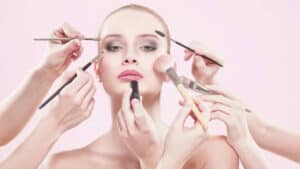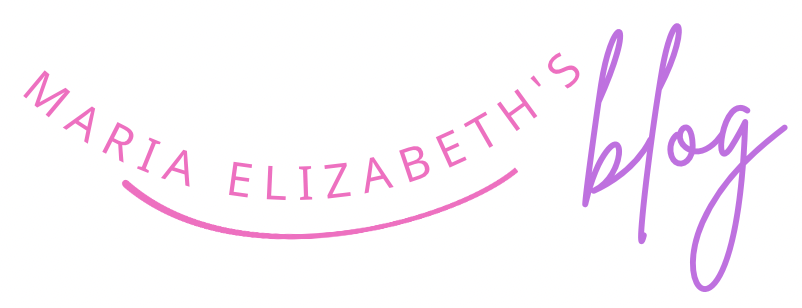
For example, during periods of economic prosperity, there tends to be a more relaxed attitude towards appearance. This is because people can afford to buy trendier clothes and they have disposable income to spare on beauty products.
If you’re wondering how beauty standards have changed over the years, you’ve come to the right place. Historically, women’s roles in life and beauty were heavily influenced by men. From the 1950s, when the beauty standard was heaviest, to the 90s, when the standard was the skinniest ever, these trends were shaped by politics and fashion.
Women’s roles in life and beauty were heavily influenced by men
The idea that women should pursue beauty and make an effort to be beautiful has always fascinated women, but the idea that women should achieve this is not a new one. A study published in the journal Psychological Science explains that this concept of beauty has been prevalent in societies for a long time.
However, recent changes in the way women perceive beauty have shifted the emphasis away from the traditional role of beauty to the more realistic goal of being a confident and beautiful person.
The 1950s brought the heaviest beauty standard in history
In the 1950s, women’s beauty standards focused on larger-than-life glamour. They bleached their hair to match Marilyn Monroe’s pale color and used girdles to achieve a perfect waist-to-hip ratio. Women piled on the hairspray to achieve these results.
In the 1950s, women were surrounded by a heavy beauty standard, and many women were not comfortable with their bodies. The ideal body shape was defined hips, full figures, and a small waist. These ideal body shapes were far more attainable than today’s standards, but they still placed a lot of pressure on women. As a result, women began wearing more practical clothing, including short skirts and see-through blouses.
The 1950s was a time of growth and prosperity in many countries. The end of rationing provided more opportunities for people to purchase new products. The luxury cosmetics market also took off during this time. Leading ladies like Betty Grable and Esther Williams also influenced fashion and trends in the ’50s.
The 90s brought the skinniest beauty standard in history
During the 1990s, a new aesthetic standard was introduced in beauty. Many models embraced a skinny figure. A thin, sexy female with a high bust and a tight waist was the ideal of beauty. The era also saw a huge fashion revolution. Clothing became more feminine and more revealing, and makeup became more neutral. Body glitter remained popular. Today, women are less likely to conform to the skinniest beauty standard and are free to express their individuality.
While ’90s beauty standards were largely positive, there were some negative aspects as well. One of the biggest problems was the heightened pressure on thinness. Many women were starving themselves or taking drugs to achieve the ideal look. The result was a denigration of fat and unhealthy bodies. During this time, the World Health Organization issued an alarm about the increasing prevalence of obesity and mental disorders.
Icons & Trendsetters
During the 90s, Kate Moss became an icon. Her modeling career included editorials in international Vogue and long-term deals with Calvin Klein. She also contributed to the ‘thin’ fashion movement. In addition, women wore more lipstick and had their hair crimped.
The 1990s saw a major change in the way women approached makeup. Eyeshadow was more intense and colorful. In the early 1990s, matte browns were the most common eyeshadow colors, while in the mid and late 1990s, they were replaced with shimmery whites and opalescent shades. In addition, lip gloss shades were frostier than they were in previous decades.
By the end of the decade, slender women became the ideal beauty standard. People started to show off their legs and cleavage. Celebrities like Twiggy and Eartha Kitt became models of the decade. Hispanic and Latino celebrities, such as Shirley MacLaine, were also role models for skinnier women.
The impact of fashion and politics on beauty standards
Beauty standards are shaped by social and political landscapes, and these standards are constantly changing. The Stop Asian Hate movement, for example, and the Black Lives Matter movement are just two of the many movements that have influenced beauty standards. In this book, beauty writer Kari Molvar charts the changing landscapes and trends that affect beauty standards, as well as how these changes impact beauty.
The beauty standards of modern societies vary by society, but they all share certain characteristics. For instance, societies that place a high value on fertility will tend to value full bodies and ample breasts as symbols of fertility. Obese people are considered desirable in Fiji, for example.
Political Climate
Politics and fashion have always had a relationship with beauty. Politicians have used certain colours and styles to influence the public perception of beauty. Fashion and politics have been inextricably linked for centuries. Fashion has become a major communicative tool in politics. Politicians often use fashion as a way to gain support for their political views.
The fashion industry uses models to determine what is ‘beautiful’. This forces ordinary women to reshape their bodies to conform to these standards. They may even undergo plastic surgery to change their appearance. These procedures include leg lengthening, eyelid surgery, and liposuction.
The impact of social media on beauty standards
Social media is a powerful tool that reinforces the beauty standards we hold for ourselves. However, it also gives us a false impression of what beauty is. True beauty is about more than appearance; it is the content of one’s character. However, social media posts will never represent the true character of an individual. They will always show their best face and not the beauty that is inside.
Another area where social media influence beauty standards are in the form of beauty apps. These apps often encourage women to view themselves as less than perfect and to compare themselves to those they admire. Such apps include filters, photo-modification applications, surgery try-out apps, and aesthetic benchmarking apps. They encourage women to compare themselves to other women and to their own image in comparison to the standard set by celebrities.
Technology and the modern fashion agenda
Images posted on social media sites are unrealistic and idealized, setting unrealistic standards of beauty. In the long term, this can lead to low self-esteem and body dissatisfaction. Moreover, exposure to unrealistic images may be associated with eating disorders and depression. Therefore, the impact of social media on beauty standards is far-reaching.
Social media has a powerful role to play in societal change, and we should take note of the content our children are exposed to. By educating young people about how to present themselves and their beauty, we can help them build a healthy self-esteem and love themselves. However, we should be careful when judging these images.
Some celebrities have argued that the goal of body modification is to maintain self-identity. These procedures may be done for various reasons, including physical endurance, spirituality, cultural traditions, resistance, and sexual motives. However, it is important to note that many of these procedures are extremely painful. For example, the images of celebrities with a sexy tat or a fat hip may be more attractive than the reality. The media can also be a positive influence on our own health, such as by promoting a healthy lifestyle and promoting a positive body image.
Where Does The Trend Go From Here?
In conclusion, it is evident that beauty standards have changed dramatically over the years. What was once seen as beautiful is now seen as outdated and even ugly. This change is likely to continue in the future as society’s definition of beauty evolves.
Where do you see the next evolution of beauty standards heading in the years to come?
